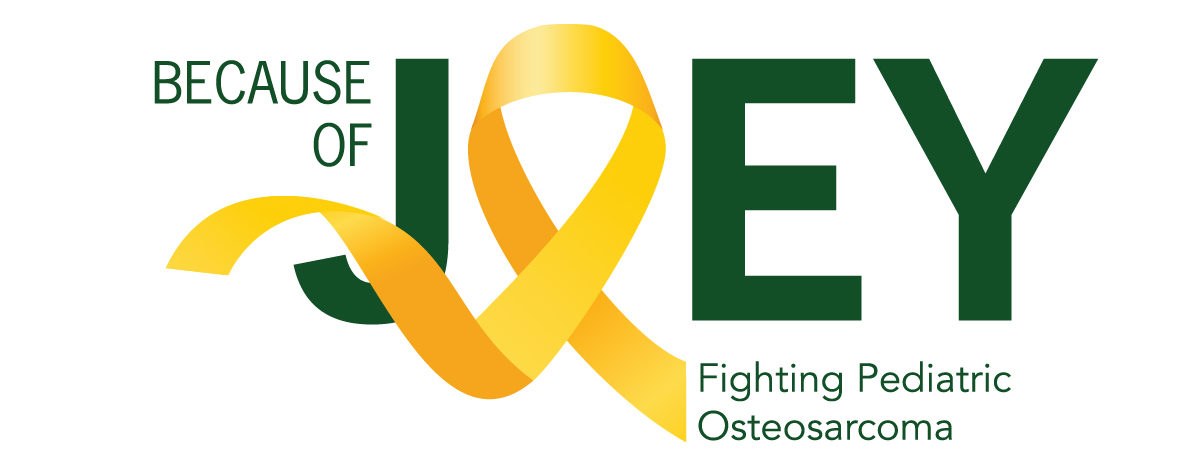Understanding Osteosarcoma in Pediatric and Young Children
Osteosarcoma, the most common type of bone cancer in children and young adolescents, presents a critical challenge for patients, families, and healthcare providers. This malignant tumor primarily affects the long bones around the knee, such as the femur, tibia, and, less frequently, the humerus near the shoulder. This blog post aims to provide an in-depth understanding of osteosarcoma in pediatric and young patients, focusing on its causes, symptoms, diagnosis, treatment options, and the journey to recovery.
Causes and Risk Factors
The exact cause of osteosarcoma remains unknown; however, it often appears during periods of rapid bone growth, which is why it is prevalent during adolescence. Some genetic factors and pre-existing conditions can increase the risk. For instance, children with hereditary retinoblastoma, a type of eye cancer, or those who have undergone radiation therapy, are at a higher risk. Additionally, certain genetic syndromes like Li-Fraumeni or Rothmund-Thomson syndrome may predispose children to this type of cancer.
Symptoms and Early Detection
Osteosarcoma typically manifests through pain in the affected bone, which may initially be mistaken for growing pains or a sports injury. This pain might worsen at night or with physical activity. Swelling and a noticeable lump or mass may also develop in the area around the bone. In some cases, the bones can become weak enough to fracture unexpectedly. Early detection is crucial and challenging, requiring vigilance on the part of parents and caregivers to note persistent symptoms and seek medical advice promptly.
Diagnostic Process
Diagnosing osteosarcoma involves a combination of clinical evaluation, imaging, and biopsy. Doctors will generally start with X-rays, which may show a tumor or changes in the bone. More detailed imaging like MRI, CT scans, and PET scans are often required to understand the extent of the tumor and its exact location. The definitive diagnosis is made through a biopsy, where a sample of the tumor is examined microscopically for cancerous cells.
Treatment Options
Treatment for osteosarcoma has evolved significantly over the years and now typically includes a combination of surgery and chemotherapy. The main goal of treatment is to remove the cancer completely, while trying to preserve as much of the limb’s functionality as possible. Surgical options may include limb-sparing surgery, where the tumor is removed without amputating the limb, or in more severe cases, amputation may be necessary. Chemotherapy is administered both before and after surgery to destroy any remaining cancer cells and to shrink the tumor pre-operatively, making surgery more manageable and effective.
Innovative treatments, such as rotationplasty, targeted therapy, and immunotherapy, are also being explored and used in some cases. Rotationplasty, for example, is a surgical option where a portion of the limb is removed, and the remaining limb is rotated and reattached, allowing for more mobility and the possibility of using a prosthetic.
Coping and Support
The diagnosis of osteosarcoma can be overwhelming for both the child and their family. Emotional and psychological support, along with medical treatment, is crucial. Many hospitals offer services including counseling, child life specialists, and support groups to help children and families cope with the emotional aspects of the diagnosis and treatment. Financial advisors and social workers can also assist families in managing the often substantial healthcare costs associated with treatment.
Recovery and Long-term Care
Post-treatment, survivors of osteosarcoma require careful follow-up since this cancer can recur or spread to other parts of the body, such as the lungs. Regular follow-up visits with oncologists, which include physical exams and imaging tests, are necessary. Rehabilitation services to improve mobility and strength are crucial, especially for those who have undergone significant surgical procedures.
Osteosarcoma in pediatric and young children is a complex and challenging condition, but advances in medical science have significantly improved outcomes and quality of life for many patients. Continued research and clinical trials are crucial for developing more effective and less invasive treatments, offering hope to those affected by this serious disease.




